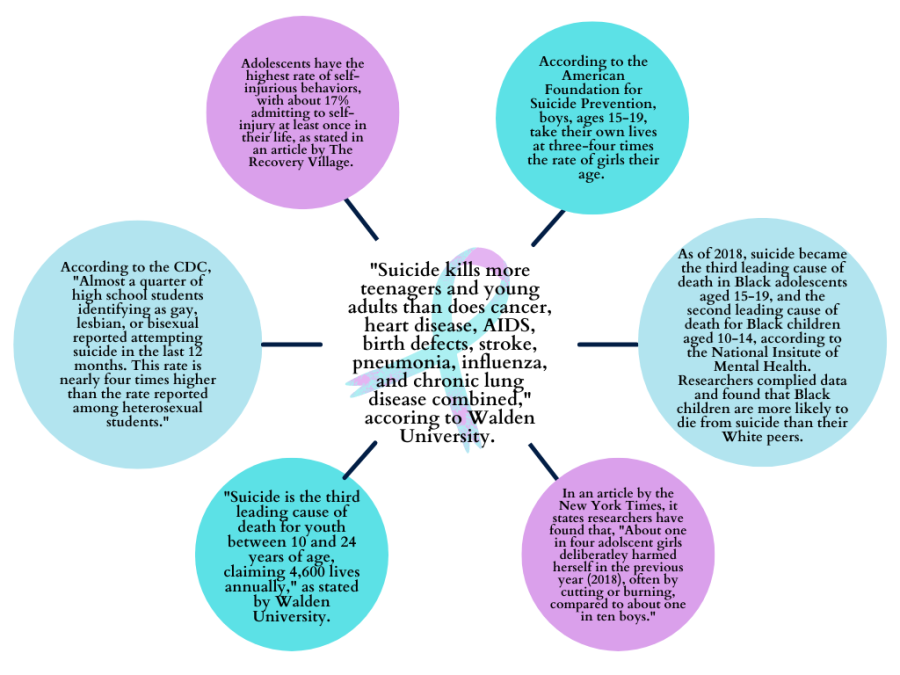This was previously published in our September 2025 issue. The following article contains information written for educational purposes.
Focusing on equality, safety, and science, the topics that are covered in this article will only be covering trans athletes and their place in sports, specifically women’s sports. This article will not cover transgender or women’s civil rights in general, but rather on the sports field.
Equality
To understand the equality issue of this topic, one must start from the beginning. 1972 was a huge year for women’s sports, specifically school funded sport programs. Title IX was passed, and under the law, “No person in the United States shall, on the basis of sex, be excluded from participation in, be denied the benefits of, or be subjected to discrimination under any education program or activity receiving Federal financial assistance[.]”
Female athletes were able to participate and compete on a collegiate level with an even playing field.
So how does Tile IX come into play today?
Many parents and cisgender female athletes feel that by having a trans female athlete compete against a cis woman, the competition is unfair. Their argument for equality is that Title IX’s whole creation was to keep cisgender men and sports-related advantages out of women’s sports. They argue that putting a trans woman in a women’s league completely undermines the purpose of Title IX and takes opportunities and titles away from cis female athletes.
Others, including the Women’s Sports Foundation (WSF), defend trans women in sports, arguing that using participation to discriminate against any female athlete takes away from the larger inequality issues going on in women’s sports. Such inequalities like “lack of sponsorships and media coverage, continuous under-recognition of Paralympic Women’s Sports, abuse and harassment of female athletes and women working in sports,” to name a few. WSF brings up the idea that the lack of Title IX understanding and compliance combined with these inequalities result in challenges to opportunities in women’s sports, not the addition of trans female athletes.
Safety
Safety was, alongside the equality aspect, one of the main reasons why women were given their own place in sports.
So how does safety come into play today?
In contact sports like Mixed Martial Arts and boxing, some argue that when putting a trans female athlete against a cis female athlete, the safety of the cis woman is put at risk. A study from 2021 showed that after completing hormone therapy for three years, muscle mass does decrease, but the muscle mass of a trans female athlete was still higher than a cis woman. Thus, some argue that trans female athletes having an advantage in muscle mass over cis women is a key factor to why injuries in women’s sports are getting worse and more life-altering. Using volleyball player Payton McNabb who was injured by a trans female athlete as an example of what could happen to other cis women athletes, they argue that when trans female athletes are the cause of an injury, the result of that injury is worse than it would have been had it been a cis woman causing the injury due to the muscle mass advantage.
However, others argue that any injury of any extent is possible with or without trans female athletes involved. In the context of volleyball, Hayley Hodson received multiple undiagnosed head injuries during practices and games by other cis women athletes, including a hit to the head that would end her career. It wasn’t until that career ending hit that her injuries would finally be recognized. According to neuropsychiatrist professor Dr. David Barron, volleyball has one of the highest concussion rates in college sports. Their argument is that every sport comes with their own dangers, and each player knows the risks they take when they practice or play. In Hodson’s case, she was given inadequate treatment for her previous injuries which lead to the career-ending concussion, circling back to the issues of equalities in women’s sports this side of the argument focuses on.
Science
The biology and science that comes into play are components that must be understood when talking about trans female and cis female athletes. It plays an important role in both sides of the argument, leading to questions about advantages and disadvantages for both trans female and cis female athletes.
The male and female bodies are different after puberty. As human bodies develop, males tend to gain more muscle mass, while females tend to gain more fat mass.
So how does science come into play today?
For trans female athletes who transitioned and completed hormone therapy before puberty, the 2021 study (previously stated) found that their hemoglobin (red blood cells that carry oxygen to working muscles) levels were similar to those of cis women. The study also found that after three years of hormone therapy, muscle mass and strength decreased, though they still remained higher than a cis woman.
A study partially funded by the International Olympic Committee found that trans women had some disadvantages when competing against cis female athletes, including performing worse when tests measured lung function. In an article from the BBC, sports scientist Ross Tucker, and transgender sports scientist Joanna Harper both gave their views on the idea of advantages. While Tucker backed the idea of biological men having sports-related advantages due to biology, Harper brought up the lack of data scientists and sports organizations have when they have to make such decisions as to where trans female athletes should play. Harper believes that sport governing bodies should use the data they have now to create policies that can be changed once more data is found.
Conflict
Under the Trump Administration, there was an executive order signed on Jan. 20, 2025, titled, “Defending Women from Gender Ideology Extremism and Restoring Biological Truth to the Federal Government.” Under “Sec. 3, Recognizing Women Are Biologically Distinct From Men,” the order states that given the definitions from “Sec. 2, Policy and Definitions,” gender ideology is not reliable for one’s identity, but rather their sex is. The order, through Sec. 3, moves to eliminate all gender-identity affirmation in all federal aspects and replace it with, under the stated definition, sex. The order was intended to “Keep Men Out of Women’s Sports.” The order was also signed due to their reasoning of trans women having advantages over cis female athletes. The order caused outrage within sports. Some agreed with the order, while others claimed it was unjust.
With science still in its early beginnings and new data coming out, the discussion of where trans female athletes should play is ever changing. While trans women hold an advantage of muscle mass over cis female athletes, trans female athletes are at a disadvantage as their “larger frames are now being powered by reduced muscle mass and reduced aerobic capacity” (Harper).
The question of where trangender athletes, namely trans female athletes, should play lands in a gray area. It isn’t a black and white question where there is one definitive answer every time. It’s changing as national politics alter and more evidence and data is uncovered.








